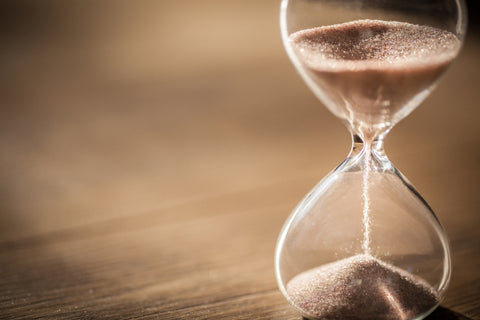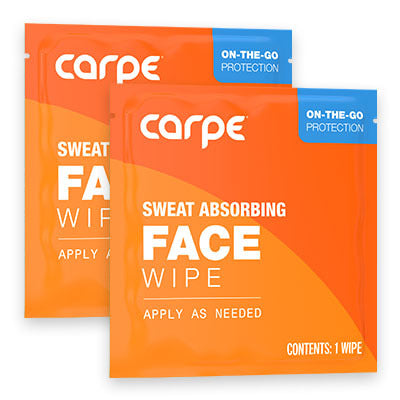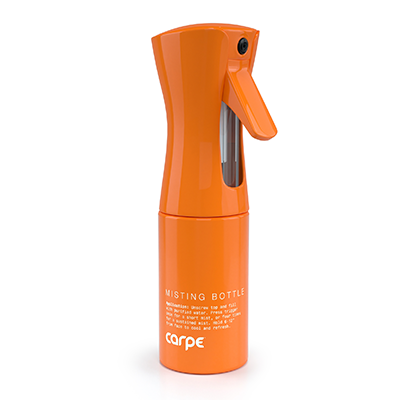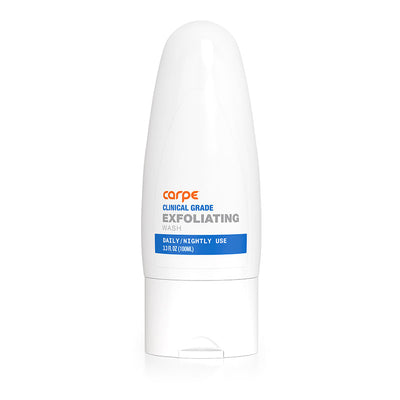Sweat Problems
If you have ever wondered why humans sweat, there is a good reason for it. Humans essentially sweat to aid in thermoregulation, the body’s way of regulating its internal temperature.[1] When people sweat, it releases heat from the body and cools down their internal temperature. Heat leaves the body when sweat evaporates from the skin. This is one of the evolutionary adaptations that allows humans to survive in such varying climates. However, for some people, sweating is less of an advantage and more of a hindrance. There are reasons that the body sweats differently when you are sick, but some people experience excessive sweating or too little sweating for other reasons. There are sweat related disorders that can cause all kinds of trouble for those who have them. Some people have excessively stinky sweat, some sweat too much, some people have colored sweat and others can’t sweat at all. Here is a look at the various conditions that can cause these issues and how they impact the people that have them.
Anhidrosis: Why People Don’t Sweat
It might make sense to be worreid if your body doesn't produce sweat. Hypohidrosis, also called anhidrosis, is the inability of the body to produce sweat or bring sweat to the skin’s surface in the presence of appropriate stimuli. This is why some people never sweat. Anhidrosis can be caused by a large variety of physical phenomenon that effect anything from the brain to the skin itself. Some of the most common conditions that cause people experience hyperhidrosis are anhidrotic ectodermal dysplasia, congenital insensitivity to pain with anhidrosis, Ross syndrome, generalized anhidrosis of unknown causes and localized hypohidrosis. There are other causes but they are rare. In most cases, a person who suffers from anhidrosis will have other symptoms of a disorder as well. For example, anhidrotic ectodermal dysplasia is an X-linked genetic disorder that can also cause conical shaped teeth, a saddle shaped nose and a prominent forehead. Congenital insensitivity to pain with anhidrosis (CIPA) is another interesting manifestation of a disorder that can cause hypohidrosis. People with CIPA lack the ability to feel pain or extreme temperatures in addition to the inability to sweat.[1]
In some cases, the inability to sweat can occur in just a few places on the body. This is what is referred to as localized hypohidrosis. This can often be caused by damage to the sweat glands. So, sometimes, something as simple as surgery or a bad burn can cause localized anhidrosis. This type of anhidrosis is usually not dangerous but systemic anhidrosis can be life threatening. The inability to sweat also means that a person also has the inability to cool their body temperature down. So, high temperatures can be deadly for someone with anhidrosis if they are not careful. Most people take it for granted that their body will automatically adjust to temperature changes but people with anhidrosis can’t.[1]
Hyperhidrosis: Why People Sweat Too Much
One of the most most common sweating disorders is called hyperhidrosis. Hyperhidrosis is a disorder that causes people to sweat in excess of what their body needs for thermoregulation. This is why some people sweat too much. There are two main types of hyperhidrosis: primary focal hyperhidrosis and secondary generalized hyperhidrosis. There are various causes of excessive sweating that can explain the reason people develop secondary hyperhidrosis, but the cause of primary focal hyperhidrosis is not well understood. Primary focal hyperhidrosis describes people who experience excessive sweating in specific areas of the body. These are the people who constantly have sweaty palms, feet or armpits. The onset of the condition is usually in late childhood or adolescence and is typically experienced over a lifetime. Luckily, there are many treatments available for the condition. Some of the management options include over-the-counter topical treatments for hyperhidrosis, iontophoresis for palmar and plantar hyperhidrosis, Botox for axillary hyperhidrosis and even surgery in severe cases. There are also oral medications for hyperhidrosis that can be taken to reduce sweating.[3]
Hyperhidrosis is not considered dangerous, and with so many treatment options available, it can managed effectively. However, hyperhidrosis and anxiety are closely related. This is because many people who have the disorder struggle with social anxiety and feelings of isolation due to the excessive sweat they produce. This makes it important for those who are affected by hyperhidrosis to seek treatment if they feel their quality of life is suffering. It is also important for people who suddenly develop symptoms of hyperhidrosis to seek medical treatment. Secondary hyperhidrosis usually occurs suddenly in adulthood and can signal a medical problem. Some common medications can cause hyperhidrosis as a side effect and certain serious medical conditions and diseases cause secondary hyperhidrosis.[3]
Bromhidrosis: Why Some People Have Stinky Sweat
Bromhidrosis is defined as sweating that creates an offensive body odor.[4] This is what causes some people to stink. Bromhidrosis is caused by bacteria that break down the proteins and fatty acids in odorless sweat and produce isovaleric acid and androsterone which are unpleasant smelling. The areas of the body that are most likely to produce a bad odor are the armpits, groin and breast area. This is because these are the only areas of the body that contain apocrine sweat glands. This type of sweat gland is located within hair follicles and is responsible for creating a thicker, yellowish type of sweat that is readily metabolized by bacteria.[5] Corynebacterium is located in the armpit and is thought to be responsible for creating the foul smell people typically associate with sweat. In some cases, eccrine glands, which cover the entire body and usually produce a clear odorless sweat, can cause a bad smell. This usually happens when an individual has consumed certain foods or drinks like garlic and alcohol.[4]
Bromhidrosis is not dangerous, but it can be extremely socially isolating. It is often associated with excessive sweating (hyperhidrosis) and together, these conditions create a situation that can lead to extreme social embarrassment. The odor from bromhidrosis can also send nonverbal cues to other people that the person suffering is undesirable. There are ways to stop sweating from causing body odor, but it is tougher for those who have bromhidrosis. Regular washing and hair removal are the first steps used to treat bromhidrosis. It can also be helpful for patients to use fragrant antiperspirants to reduce sweating. Many antiperspirants contain metal ions or antimicrobial ceramics, including zeolite antimicrobial ceramics and calcium phosphate that can be helpful in eliminating the bacteria that cause sweat to stink.[4]
Chromhidrosis: Why Some People Have Colored Sweat
There is a condition called chromhidrosis that can cause people to secrete sweat of different colors. There are various causes of the disorder. One underlying cause is called apocrine chromhidrosis. The colored sweat is a result of pigments called lipofuscin that are present in a patient’s apocrine sweat. The resulting sweat can vary in color from blue or black to yellow and green. In this case, the disorder is often treated with capsaicin gel which is thought to inhibit the release of acetylcholine (a neurotransmitter) at the sympathetic nerve ending.
There are many reasons that people struggle with sweat problems but many of these issues are manageable and their effects can be minimized with the proper treatment.
Sources
- Definition of Thermoregulation. (2018). Retrieved September 10, 2018, from https://www.merriam-webster.com/dictionary/thermoregulation
- Sato, K., Kang, W. H., Saga, K., & Sato, K. T. (1989). Biology of sweat glands and their disorders. II. Disorders of sweat gland function. American Academy of Dermatology, 20(5), 1st ser., 713-725. Retrieved September 10, 2018.
- Pariser, D. M. (2014). Hyperhidrosis (4th ed., Vol. 32). Philadelphia, PA: Elsevier.
- Eshini, P., & Sinclair, R. (2013). Hyperhidrosis and bromhidrosis: A guide to assessment and management. Australian Family Physician, 42(5), 266-269. Retrieved September 7, 2018, from http://ezproxy.co.wake.nc.us/login?url=https://search.proquest.com/docview/1430424903?accountid=14867
- Huddle, J. R. (2014). Hyperhidrosis: Causes, Treatment Options and Outcomes. New York, NY: Nova Science.
- Gandhi, V., Vij, A., & Bhattacharya, S. (2006). Apocrine chromhidrosis localized to the areola in an Indian female treated with topical capsaicin. Indian Journal of Dermatology, Venereology and Leprology, 22(5), 382-383. Retrieved September 10, 2018.




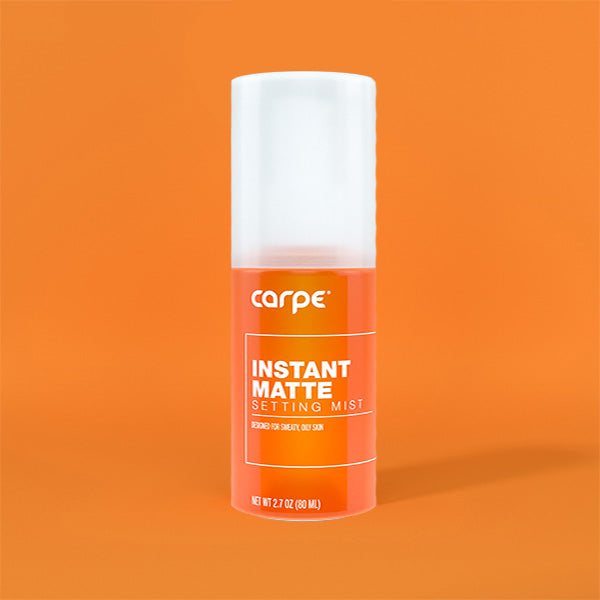

16790753702383.jpg?v=1679075372)

16790746985853.jpg?v=1679074700)


16790757289763.jpg?v=1679075731)



